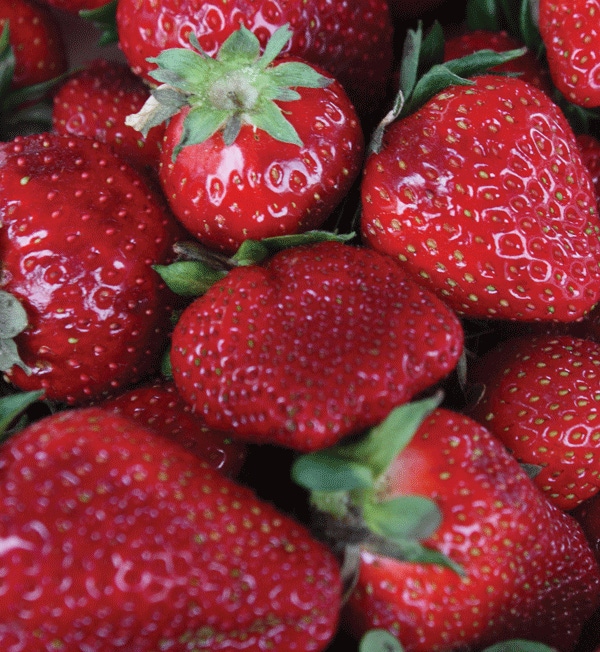May 27, 2011

The strawberry marketing season in North Carolina got off to a good start in April.
It might have been in part because Easter fell closer than usual to the beginning of harvest. Also, the growing conditions had been good, and North Carolina strawberries looked and tasted great.
But one grower said customers seemed a little more willing to buy strawberries this spring.
“It seems like the economy must be picking up,” said Roger Ball of Raleigh, N.C. “I am selling everything I have to sell.”
The last two years, Ball said he had to go out and find new customers because his existing ones were buying less. “Now our customers seem to be buying more,” he said. “I am no economist, but I wonder if maybe they are tired of the recession, and they are spending a little more than in the past.”
It helped that North Carolina strawberries featured good quality early in the marketing season. “This could be the best crop I have had in the nine years I have been growing strawberries,” said Ball in April.
The weather cooperated. He had no frost and escaped any damage from the April 16 storm.
Ball sells most of his produce at a roadside stand and pick-your-own operation at his farm a few miles south of Raleigh. He also sells at some traditional Saturday morning farmers markets.
But in addition, in the last few years he has tried to expand his market in some non-traditional locations.
One worked out well this year. Every Thursday from 10 a.m. to 2 p.m., Ball sets up a stand on the grassy mall right behind the state government buildings in Raleigh, and he sells strawberries and other produce to the state workers who pass by.
“The North Carolina Department of Agriculture helped us get this going,” said Ball. “We can sell any fresh produce as long as it is North-Carolina-grown.”
And just last year, Ball started selling at a Wednesday lunchtime market at a plaza in downtown Raleigh surrounded by tall buildings. Both locations have generated a lot of sales.
But another non-traditional sales location didn’t work out so well. He sold for a couple of years at a Saturday morning farmers market at an upscale mall in north Raleigh. But he didn’t go back this year, mainly because of conflict with small farmer-vendors who charge higher prices than Ball does.
Another new marketing opportunity
There has been one other new marketing opportunity: If he has any berries left at the end of the day, he freezes them and sends them to D'Vine Foods processing plant of Elizabethtown, N.C. D’Vine processes and packages the berries on a contract basis into preserves or other products for sale in the off-season.
“We don’t make a whole lot of profit on these products, but we get something else to sell into the fall,” said Ball. “These products won’t be big moneymakers, but they keep people coming to our table, and they might buy something else while they are there.”
Because Easter came relatively late this year, many local school systems in North Carolina held their spring break about the time strawberries were ready to harvest, said strawberry grower Myron Smith of Benson, N.C.
“That was great benefit to us,” he said. “We had a lot of customers at our U-pick that week.”
The early crop was excellent, and with harvest well under way by mid April, Smith thought it might hold up to the end if his fields don’t get too much precipitation. “Strawberries don’t like a lot of rain,” he said.
Smith has row covers for 2.25 of his 3.5 acres. Their basic purpose is for frost protection, but he derived another benefit this year.
“I saw a real difference in the strawberries that had been covered,” Smith said. “They had a lot more crown development and root growth, and we could pick a little earlier as a result. The covered berries were seven or 10 days ahead of the ones we didn’t cover.
This was just the second year that Smith had row covers.
“We put the cover on around Christmas so the plants wouldn’t go completely dormant,” he said. “The row cover forces them to be early, which gives us a marketing advantage.”
If necessary, he uses overhead irrigation for frost protection.
Like Ball, Smith has a roadside stand at his farm and sells at some one-day-a-week markets in the area. He also has a CSA program and a garden center and offers agritourism activities, along with pick-your-own berries.
As far as Ball is concerned, any kind of farmers market is a good way to market fruits and vegetables. “You are selling straight to the consumer with no middle man. The consumer gets a fresh product and frequently a little better price.”
You May Also Like




